As contemporary American cinema bifurcates into ultra-high budget blockbusters and tiny independent works, I find myself becoming nostalgic for the old-fashioned mid-range movie. Such films seem so rare these days that they do not even have to be that great for me to enjoy them. Rob Cohen’s Daylight (1996) is one example. Upon its release I found it deeply mediocre: a by-the-numbers disaster flick with serviceable action and average performances. Coming back to it in 2025, it feels oddly more enjoyable and satisfying. It is not a great film, but nostalgia is artificially improving it. It isn’t super-smart, nor is it dumb as a bag of hammers. It is just a presentation of a story, with characters one can root for, and a narrative that follows from beginning through middle to end.
Sylvester Stallone plays Kit Latura, a disgraced former emergency worker who rushes to help when a road tunnel beneath New York’s Hudson River collapses. Once he manages to make his way inside, he leads a disparate group of survivors in an against-the-clock race to stay alive.
There is a near-mechanical structure to the disaster picture, initially formed by Ronald Neame’s The Poseidon Adventure (1972). The survivors will vary in age, class, race, and profession. There will be a growing series of physical challenges required to escape danger. Characters will be killed one by one to demonstrate the risks involved and to raise the emotional stakes. Good characters will die via a noble sacrifice; giving their own lives to protect others. Bad characters will die via divine justice; nature contriving to murder them for their selfish acts.
Many film genres work according to formula, but the disaster film seems even more rigidly defined by their narrative structure. Rather than be weakened by slavishly following a pre-existing model, it is strengthened by it. Satisfaction comes from predicting the order in which characters die, or the specific means by which the set pieces kill them. I think that model varies based on cultural specifics – for example, it’s highly unlikely the protagonist survives an Asian disaster film – but generally speaking, the rigidity is the genre’s core appeal.
The cast of Daylight generally do very well in their roles including Viggo Mortensen as an over-confident extreme sports star, Amy Brenneman as a heartbroken playwright, and Stan Shaw as a transit cop patrolling the tunnel at the time of the disaster.
Overall the film is like 1990s popular cinema in a nutshell: plenty of slow motion to emphasise the destructive bits, a noisy orchestral score by Randy Edelman that refuses to pull back, and some truly risible dialogue that tries to insert some wit but generally struggles to generate a laugh. There is even a dog to improbably survive when many of the humans do not. It is mediocre to be sure, but really this sort of average, breezy entertainment remains in short supply 30 years down the track.
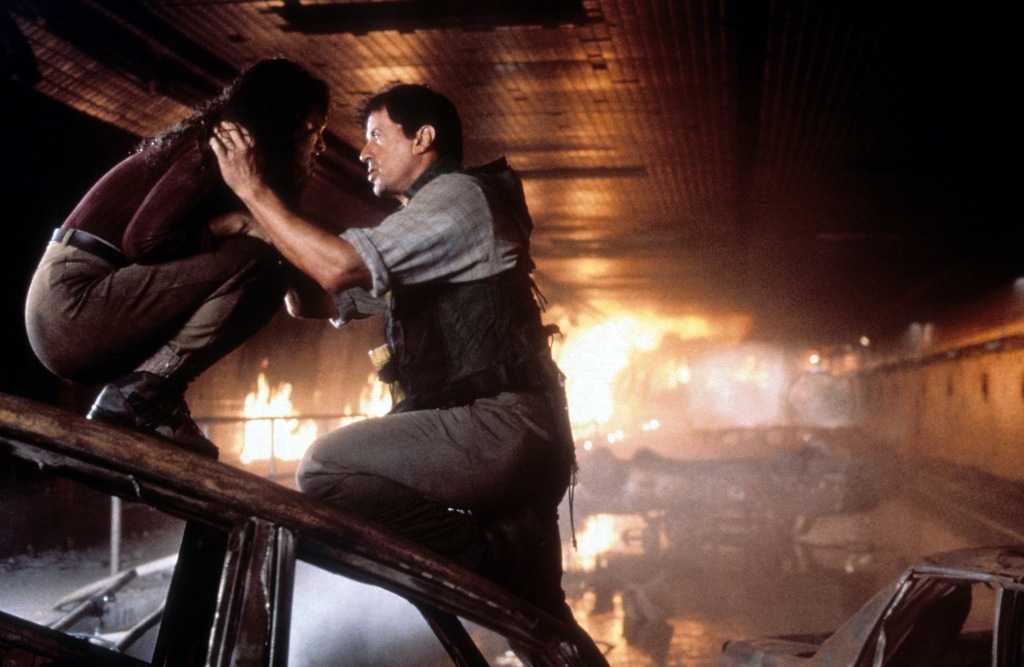
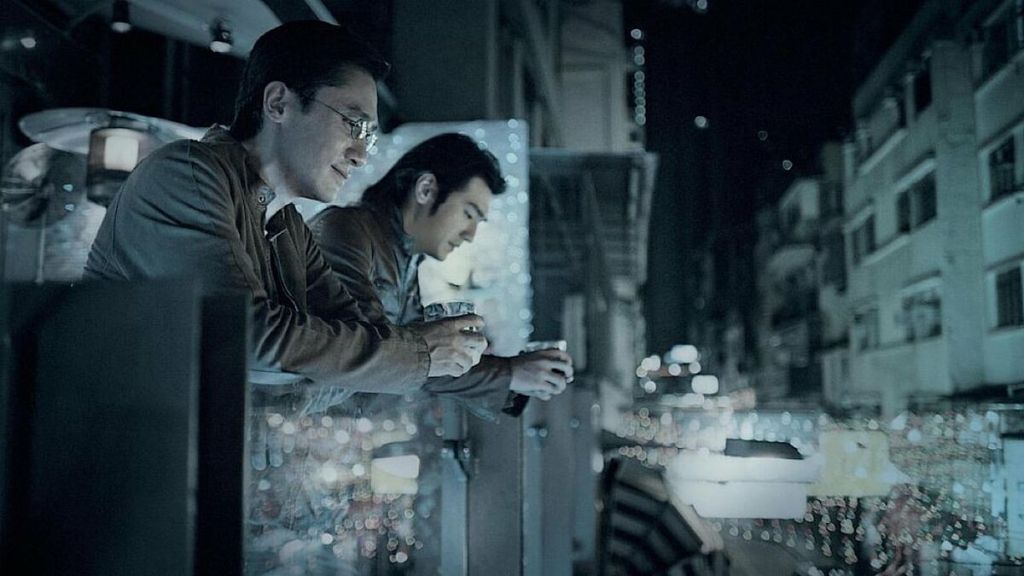
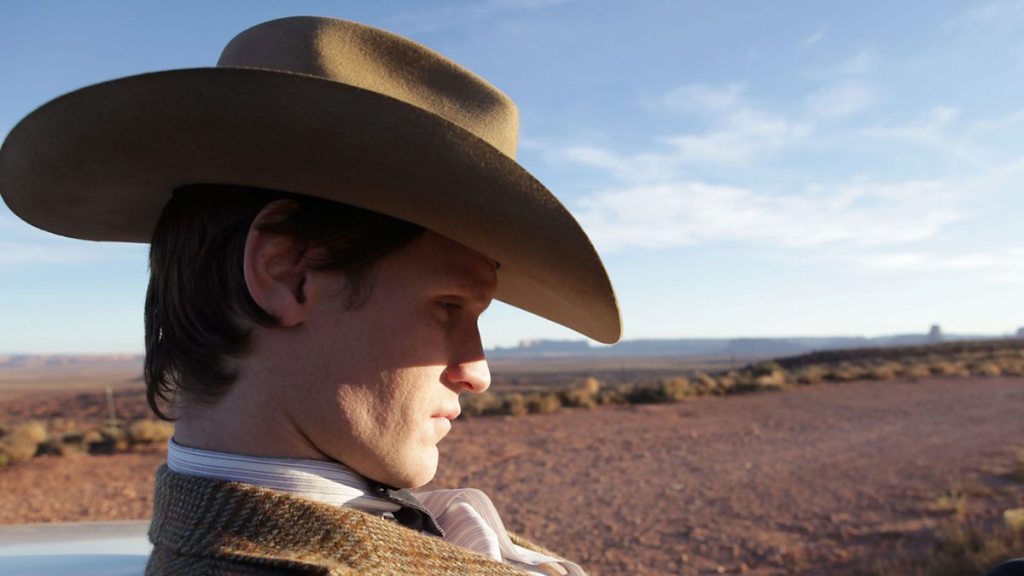
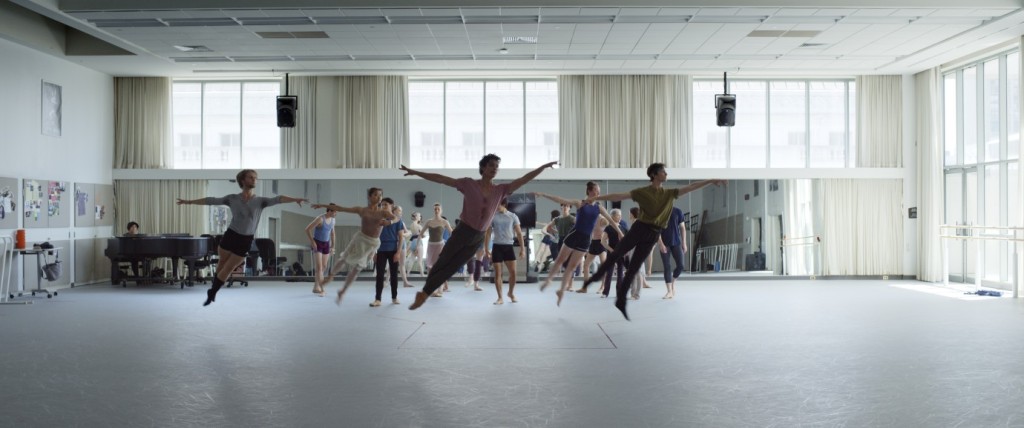
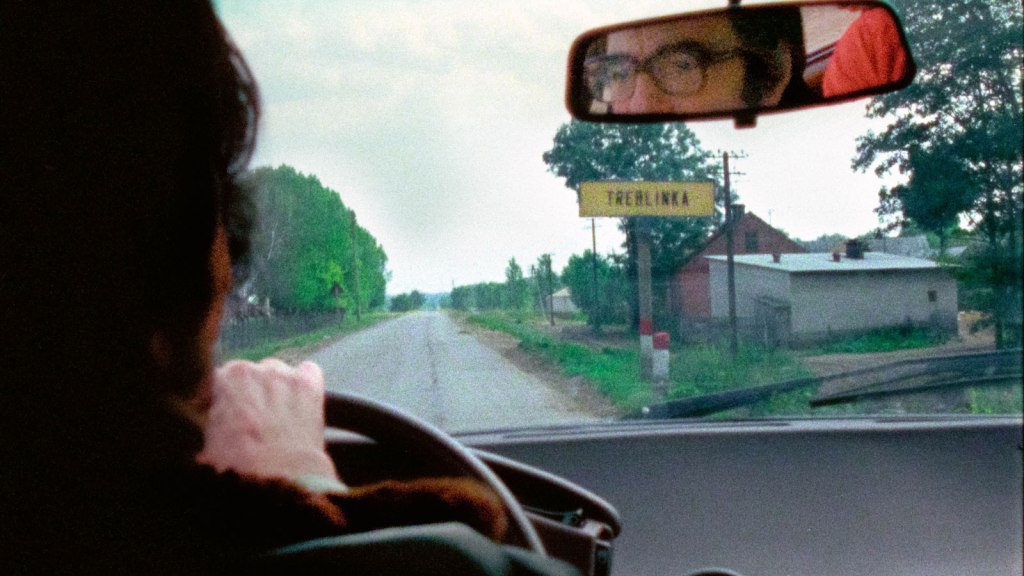
Leave a comment